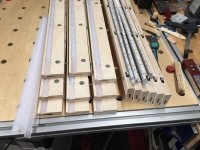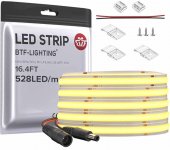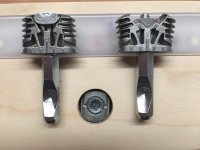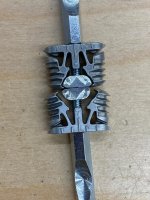cpw
Member
I think you should be fine with the holes on either side. The kit does come with little plastic covers that look reasonable enough if you have a light colored or white project.
You can always reference off the inside instead of outside face. Use the base of the domino instead of the plate as your reference point. Use an offcut that is the same thickness as your intersecting piece to flush up with the outside, then clamp another piece of wood (or even a square) to your workpiece to but your Domino base against. The technique is pretty much exactly the same as doing a midpanel shelf; just at the end instead of in the middle.
You can always reference off the inside instead of outside face. Use the base of the domino instead of the plate as your reference point. Use an offcut that is the same thickness as your intersecting piece to flush up with the outside, then clamp another piece of wood (or even a square) to your workpiece to but your Domino base against. The technique is pretty much exactly the same as doing a midpanel shelf; just at the end instead of in the middle.





